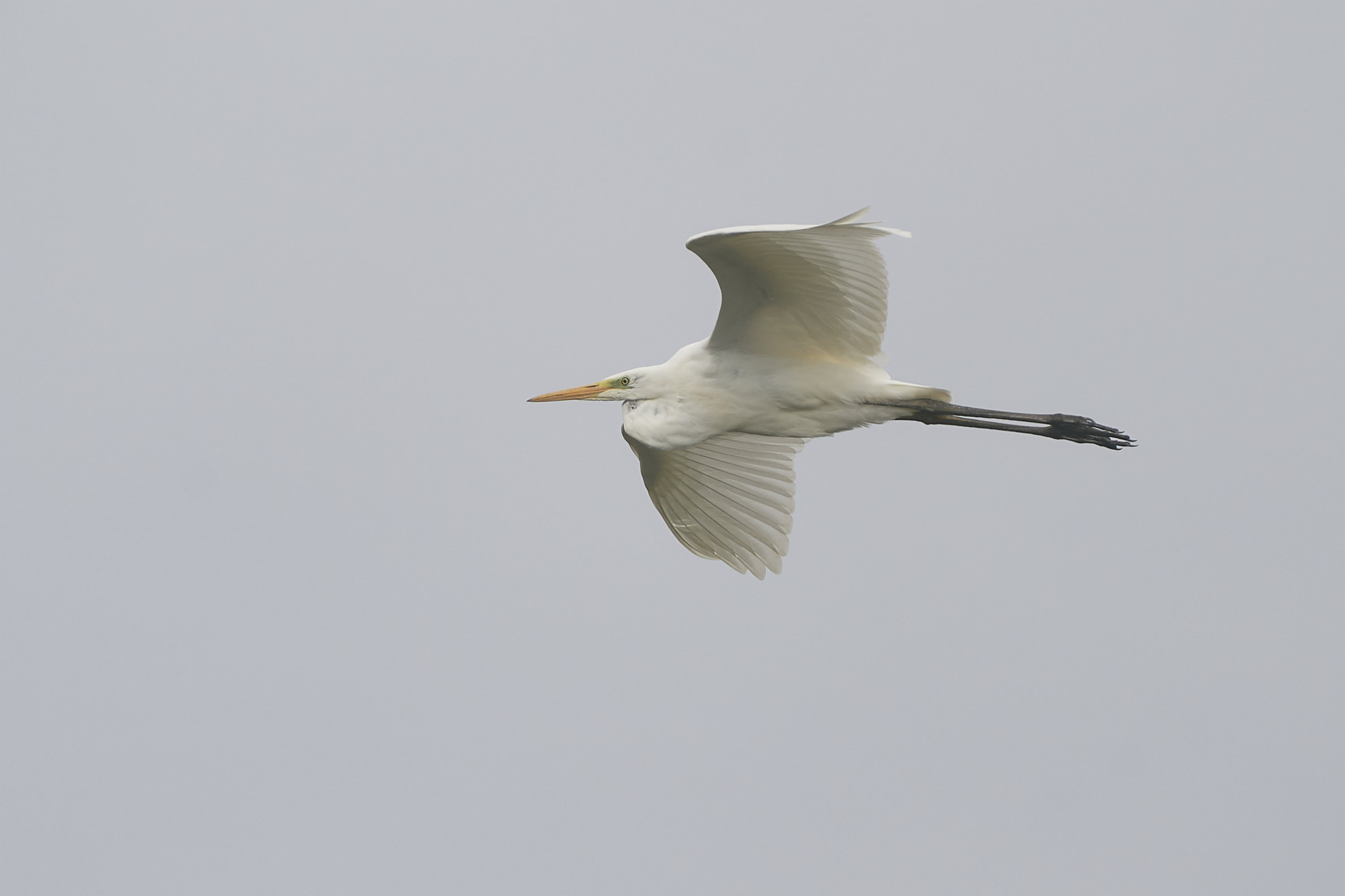St Aidens RSPB Nature Reserve
St Aiden’s is well known for the variety of birds that can be seen throughout the year, and autumn is no exception. I know, I know it's not truly Autumn. As you stroll along the main paths, binoculars in hand, your eyes scan the skies and water for movement. It's not long before the first sightings begin. In fact there are thousands of birds everywhere you look.
One of the highlights of this season is the arrival of migratory birds. As the temperature drops, St Aiden’s becomes a stopover for birds heading south for the winter. The lagoons and lakes are alive with the activity of these long distance travelers. Among the most striking are the **Whooper Swans**, their graceful white forms contrasting with the dark water as they glide silently across the surface. Often spotted in groups, their distinctive honking calls resonate through the air, a reminder of the long journey they are undertaking from Iceland to the British Isles. We didn't see a single Whooper, not one. This time last year we observed seven Whoopers.
In the reed beds, the **Bearded Tits** can be heard before they are seen. Their metallic "ping" calls alert you to their presence as they flit among the tall reeds. These small, strikingly marked birds with their long tails and unique moustache-like markings are a delight to observe. In the cooler months, they feed on the seeds of the reeds, providing birdwatchers with ample opportunities to spot them. We did the Bearded Tit avoidance walk, not a jot. Not even the distant sound of the little B$%&ers grasping defeat from the jaws of victory.
On the open water, flocks of **Lapwings** gather, their numbers swelling as more birds arrive from their northern breeding grounds. The Lapwings, with their iridescent green plumage and distinctive crest, perform acrobatic flights, twisting and turning in the sky. These displays are not just for show; they serve as a defence mechanism to confuse potential predators and there are plenty of predators.
The lakes also attract various species of ducks. **Wigeons**, with their whistling calls and russet heads, are a common sight, alongside the striking **Shovelers**, easily recognised by their large, spatula-shaped bills. The elegant Snipe can be seen if you look closely and the more you look and get "your eye in" the more you see.
As you explore further, you may encounter the elusive **Bittern**. These birds are masters of camouflage, blending perfectly with the reed beds. Patient observers might be rewarded with a sighting as it emerges to hunt for fish. Its booming call, which can be heard over great distances, is a distinctive sound of the reed beds. Look below as the images show the Bittern looking at us looking at…Well you catch my drift.
Finally, as the day draws to a close, you might witness one of St Aiden’s most spectacular events: the evening showing of the Short Eared Owl, many people gather most evenings to catch a glimpse of these magnificent birds. They are large in size and large in character and the crowds love them. And if you see one it will stay with you forever.
Practical Information
St Aiden’s Nature Reserve is located at **Astley Lane, Swillington, Leeds, LS26 8AL**. It’s easily accessible by car and offers ample parking for visitors.
The reserve is open daily, from **9:00 AM to 6:00 PM** during the autumn months. However, it’s always a good idea to check the RSPB website for the latest opening times and any potential restrictions, as these can change with the seasons.
The visitor centre offers maps, bird guides, and binocular rentals, ensuring that even those new to birdwatching can make the most of their visit. There’s also a small café on site, where you can enjoy a warm drink and a snack after your walk.
It never fails to make you feel alive.
A visit to St Aiden’s in autumn is more than just a day out; it’s an experience that stays with you. The serene beauty of the landscape, combined with the incredible variety of birdlife, offers a profound connection with nature. Whether you’re an experienced birder or simply looking for a peaceful retreat, St Aiden’s Nature Reserve provides a perfect escape, where the wonders of Yorkshire’s wildlife are on full display.
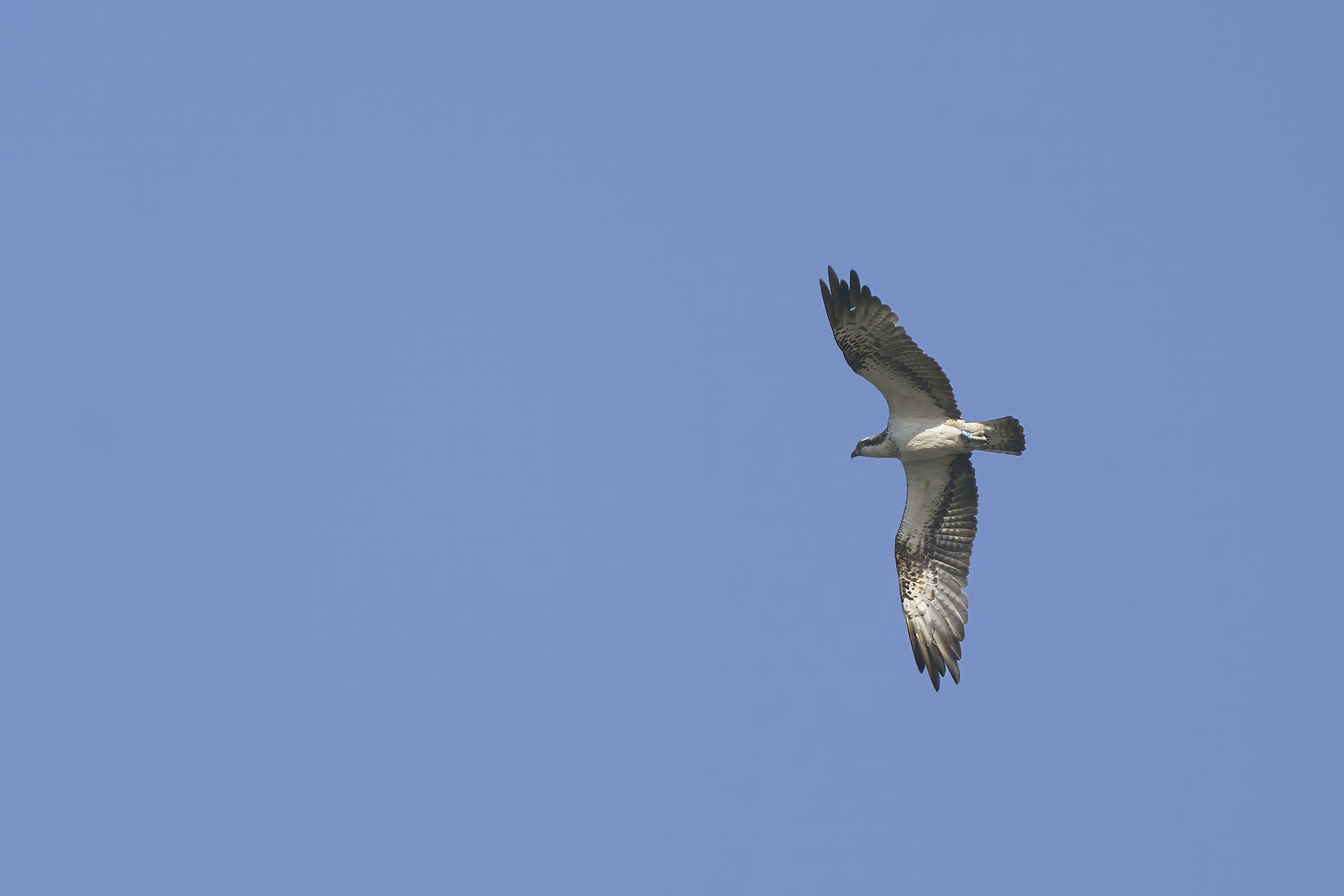
Osprey, would you believe it, on my doorstep, Wow. We actually watched two, one ringed and one not ringed. The fact that you can go to St Aidens and see Osprey is amazing. We had sight of the first bird within ten minutes of arrival, we were just talking about will we won't we see one then we looked up.
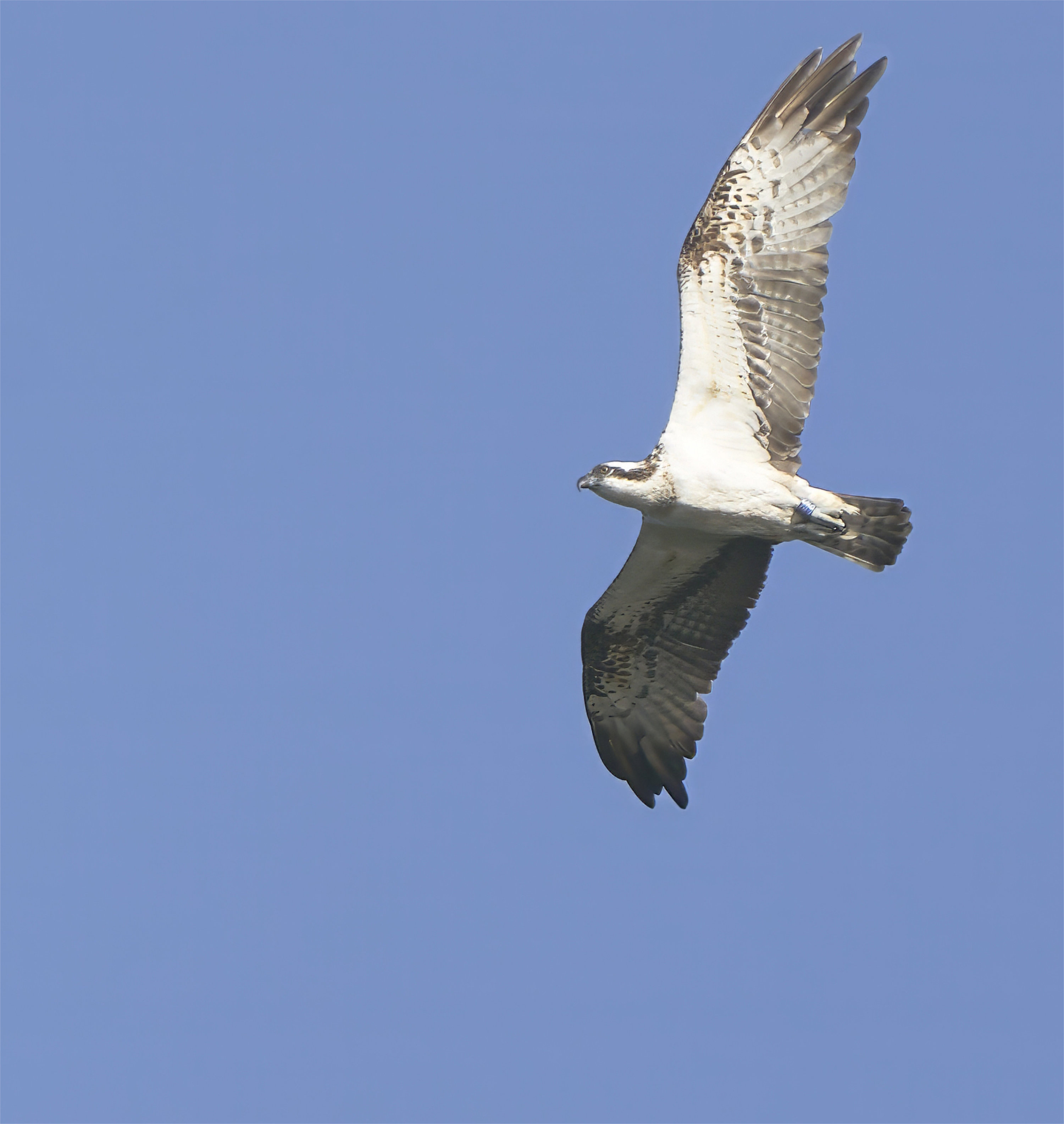
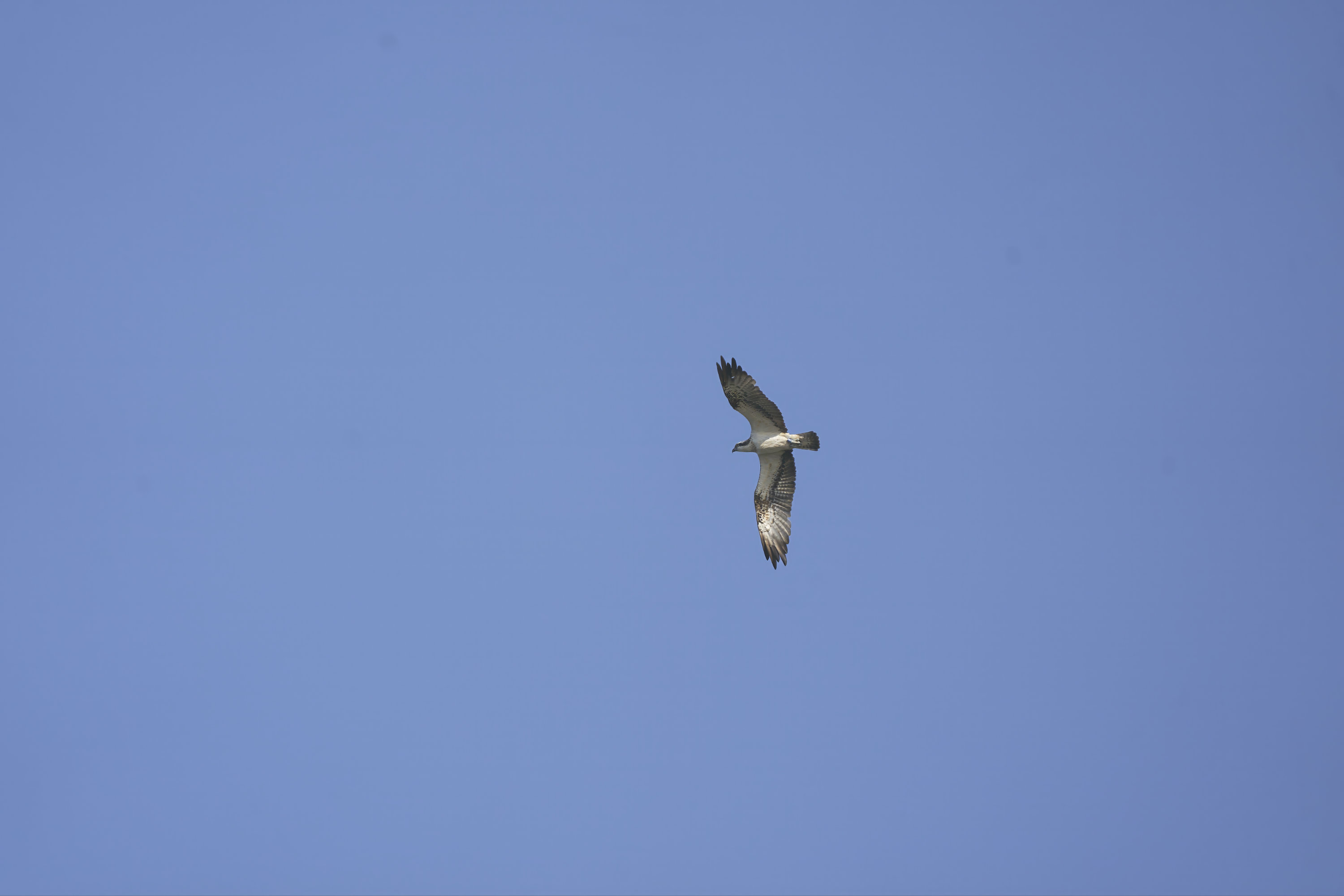
Below: Bittern, are one of the most sought after signings at any nature reserve, mention you have seen a bittern and see the faces light up of the people you are talking to, they will always ask for a detailed location. Bittern used to attract huge crowds and a long staying individual could be seen by thousands ten years ago. Now, many reserves have bittern who still draw the crowds but not in the numbers of days gone by.
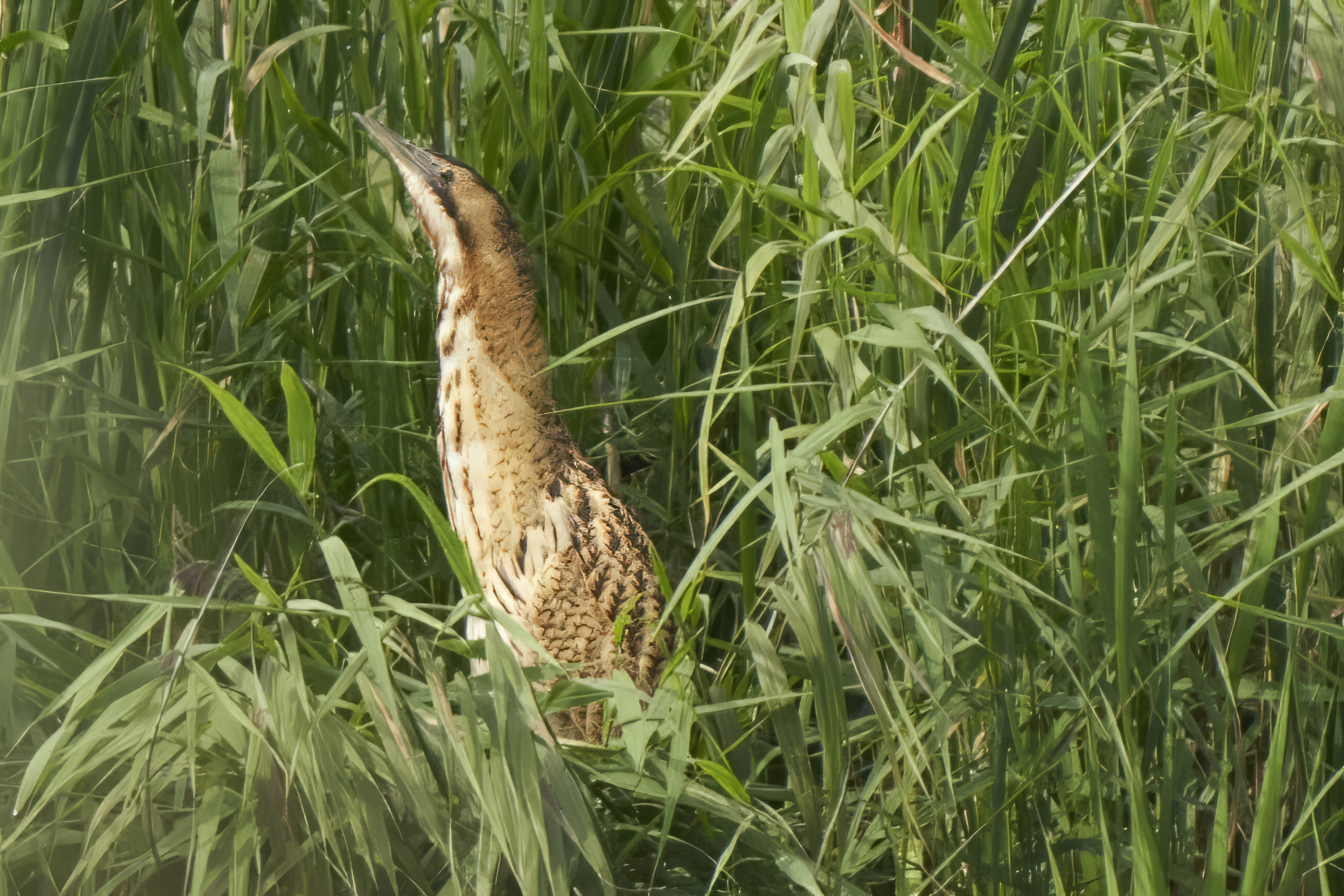
The Bittern above and below was seen by seven of so people but as the excitement grew more and more people joined the spectacle such is the legend of this amazing creature. Hard to fine and very secretive it draws its adorning fans. You never get tired of a Bittern.
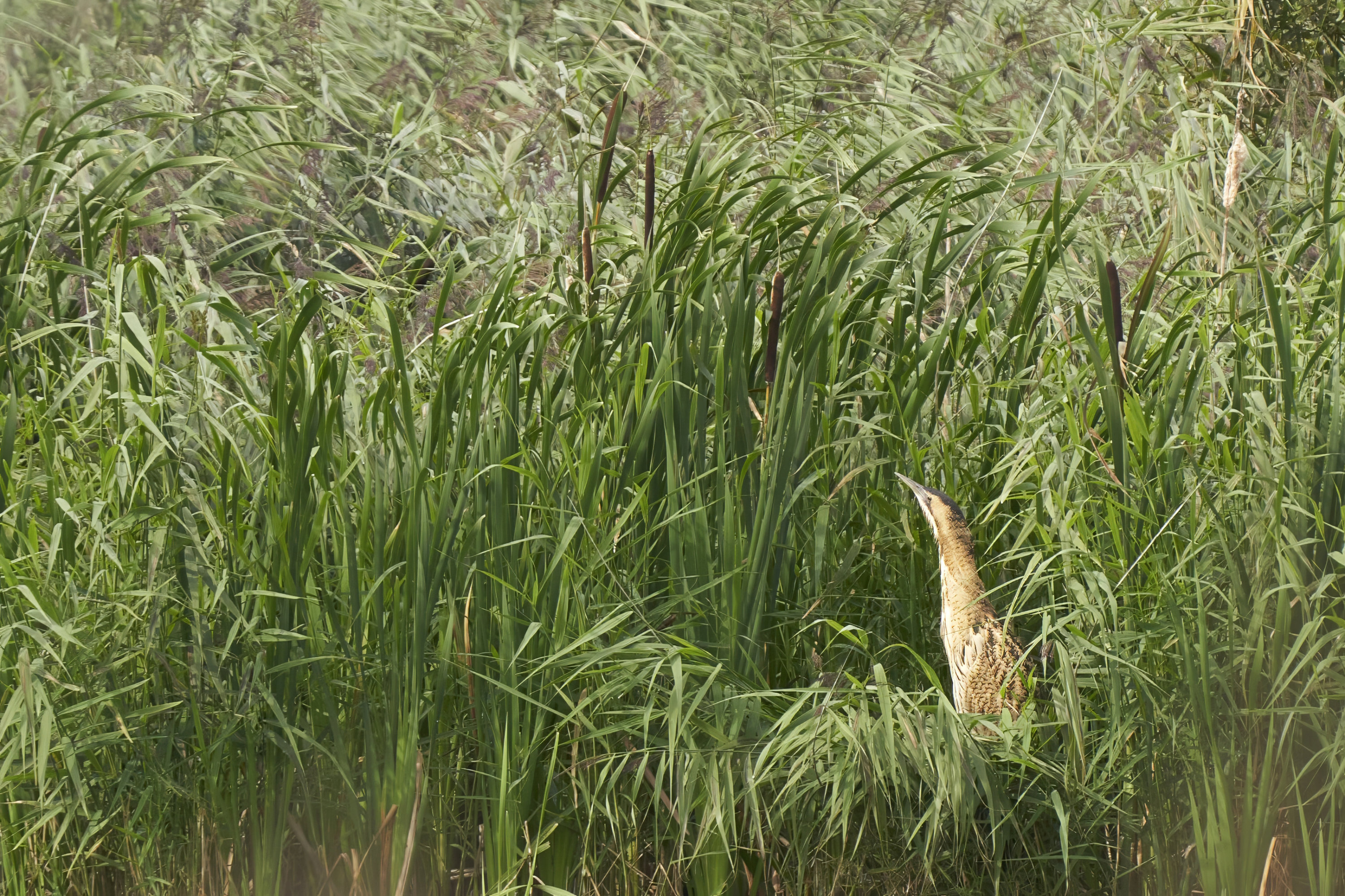
Below are some of the other birds we observed on the reserve from Grebe below to the majestic Great White Egret. Also the beautiful Fox, I know everyone will not agree with me that Fox's are beautiful but they are.
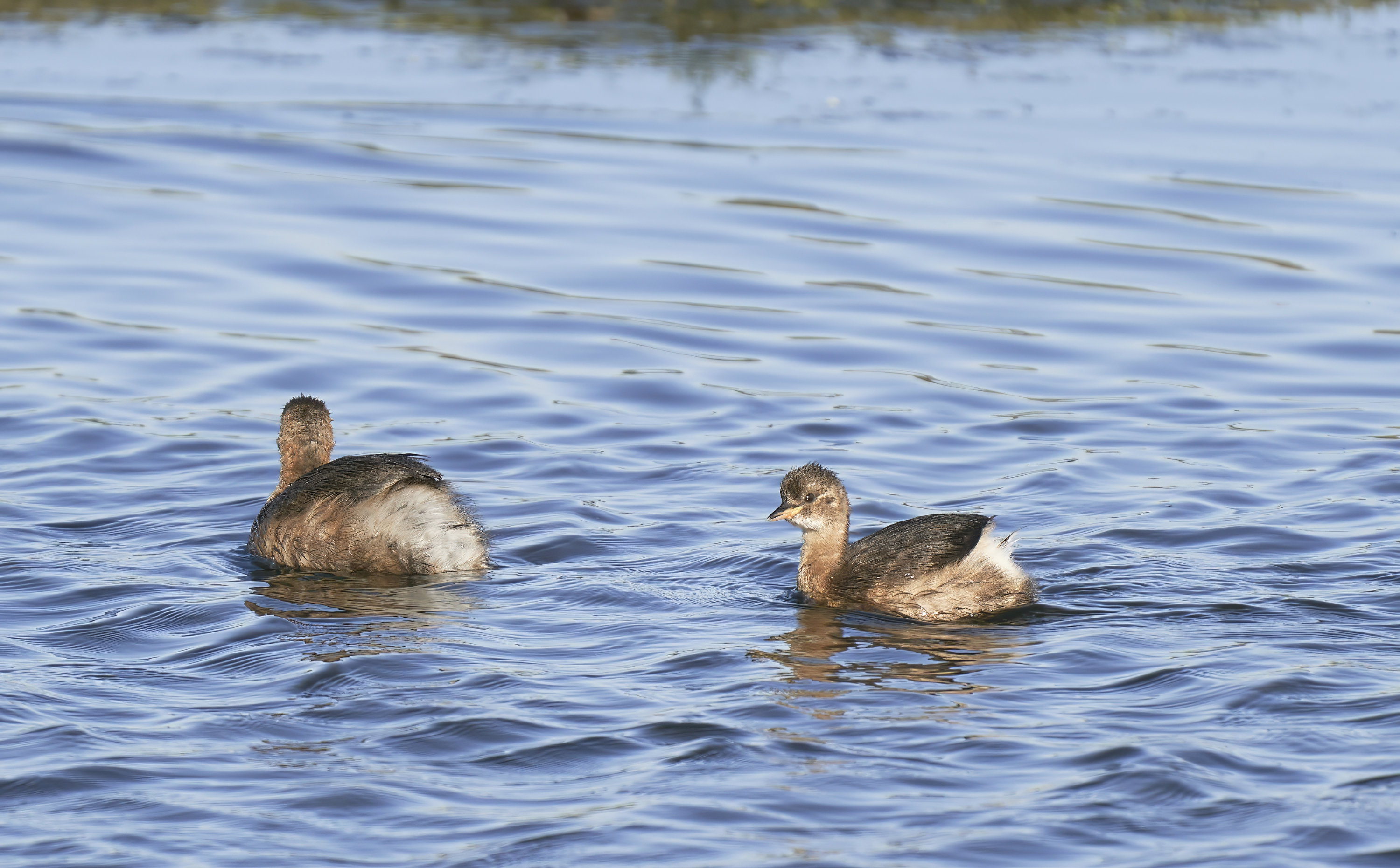
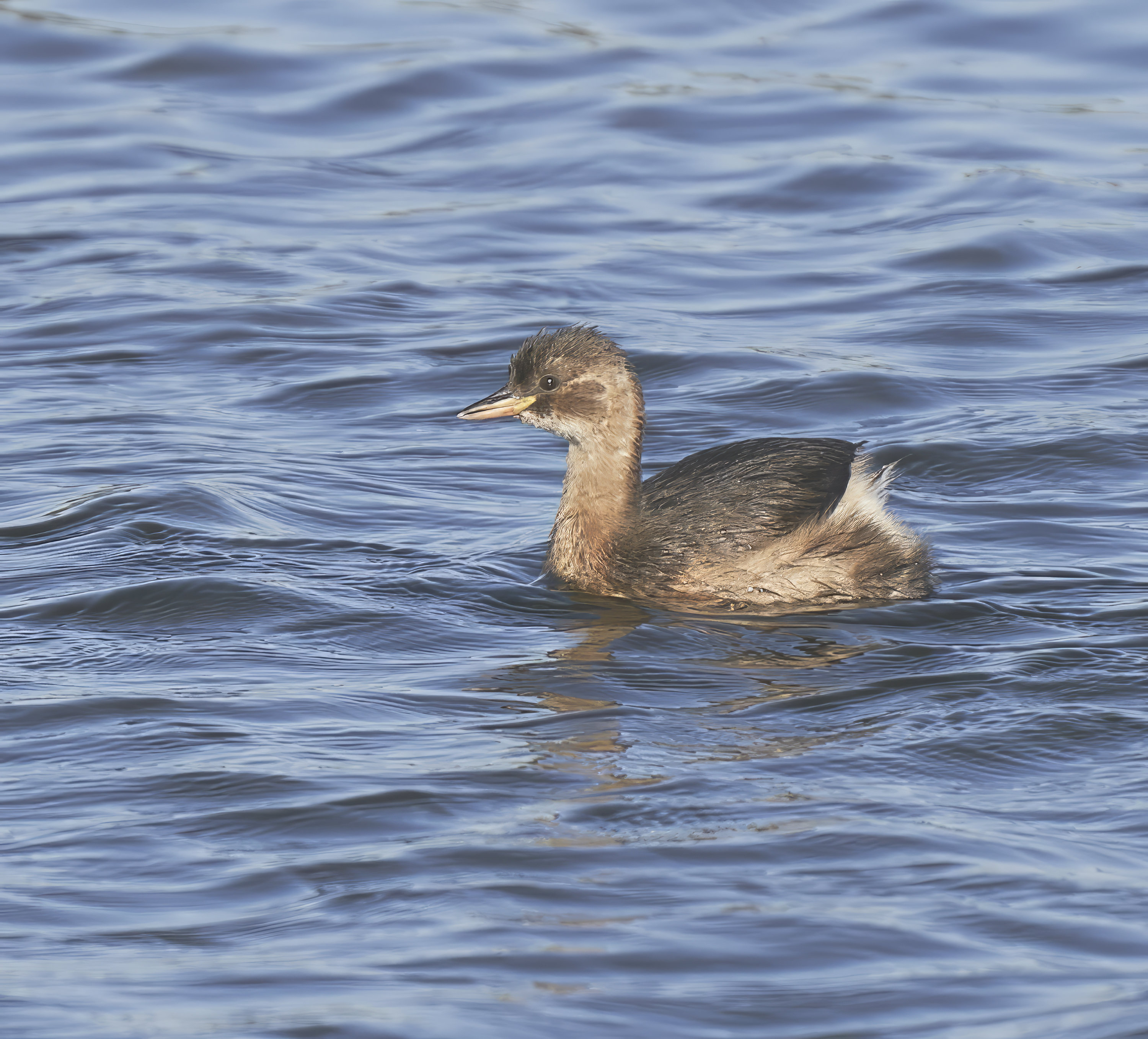
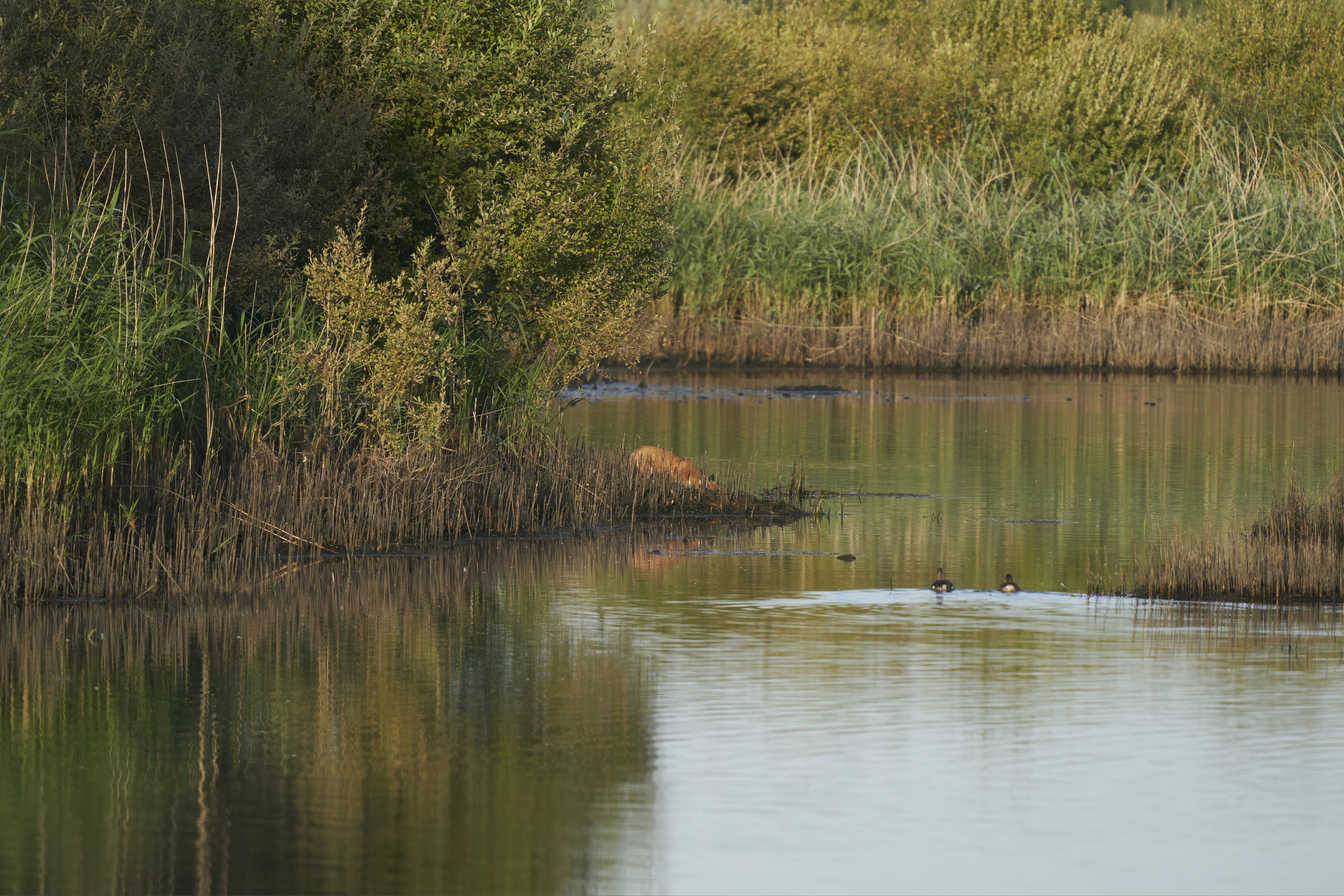
Above and below the Fox.
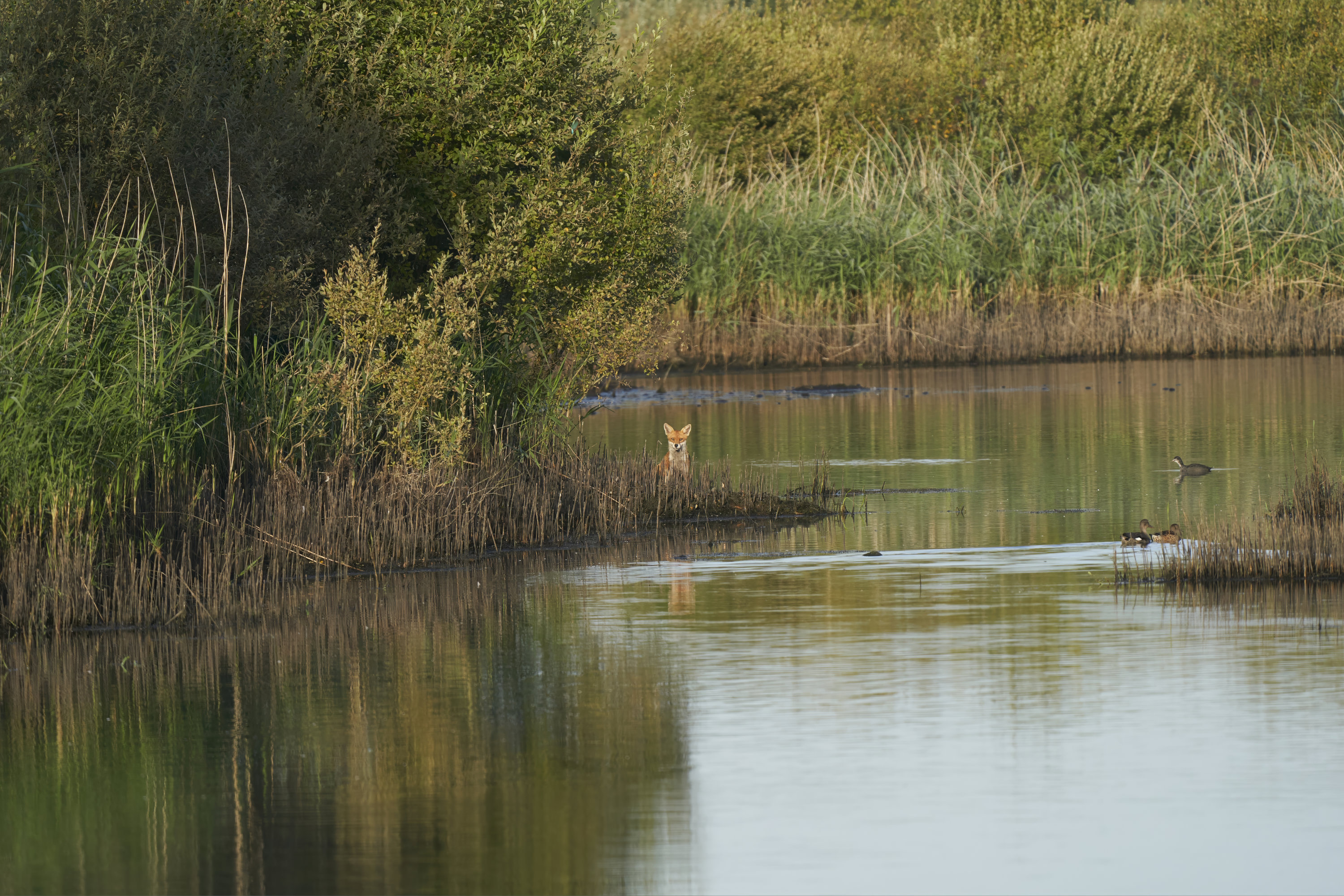
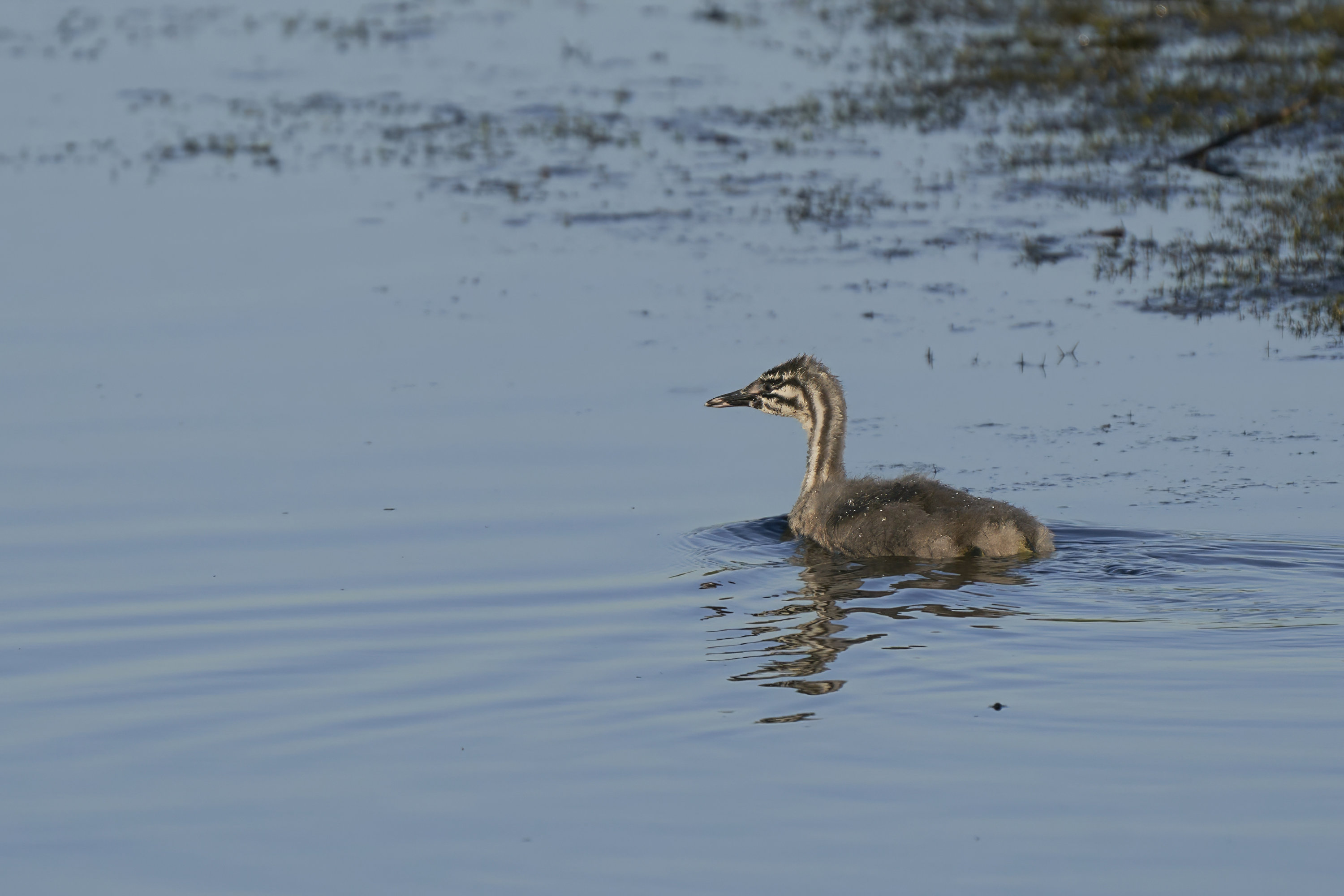
Above and below Great Crested Grebe Juvenile.
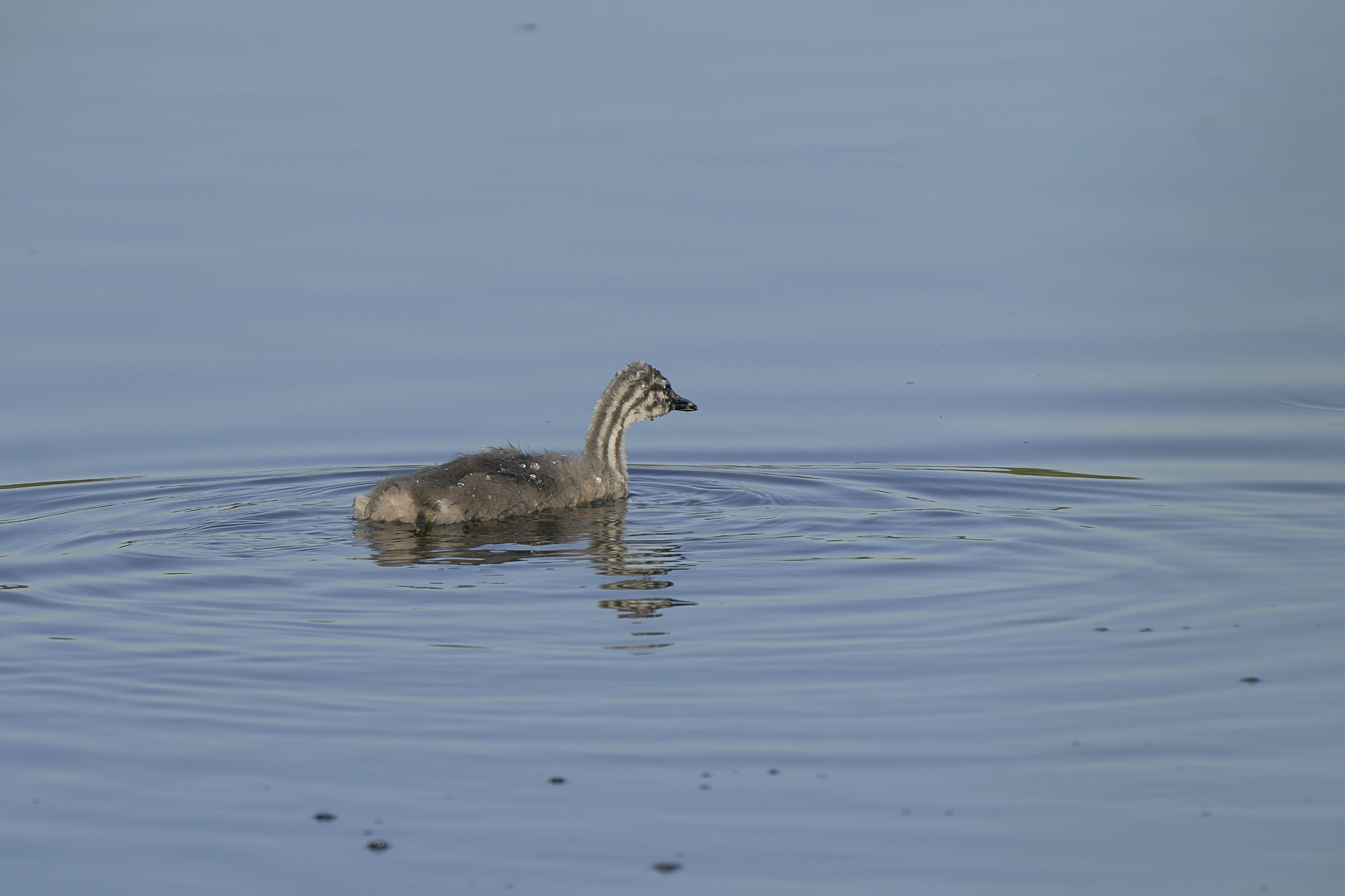
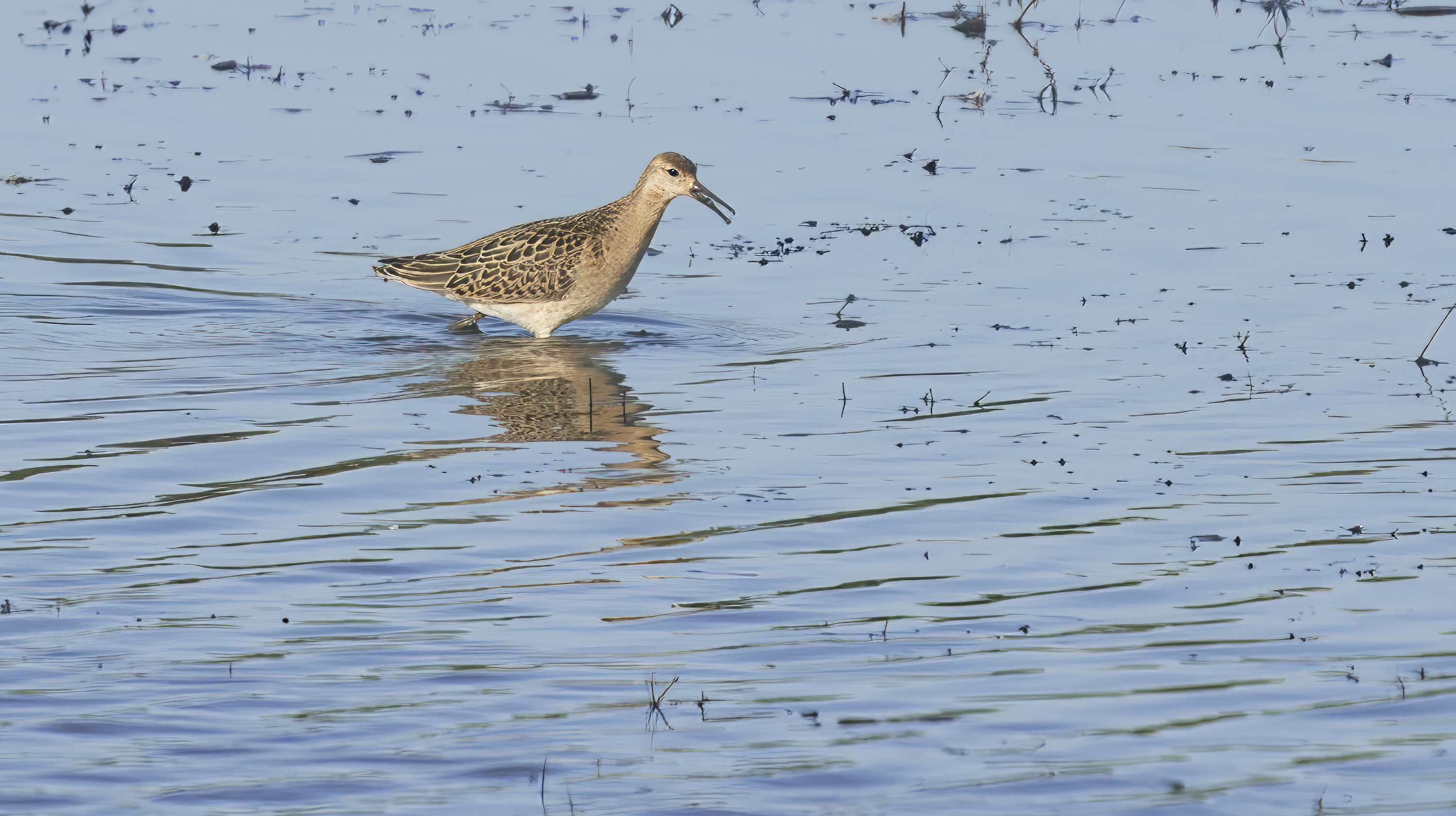
Above is one of my favourite birds, the Ruff.
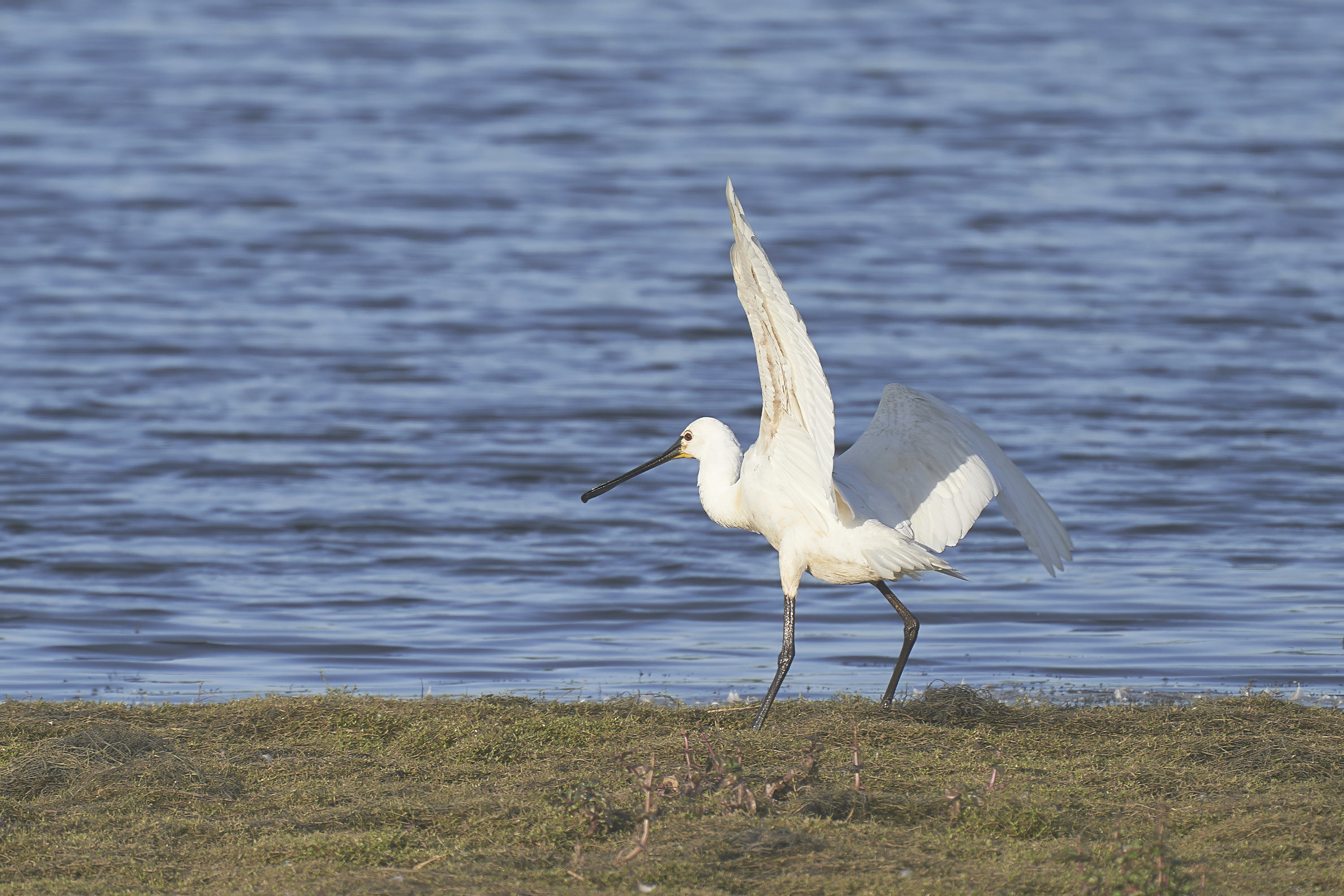
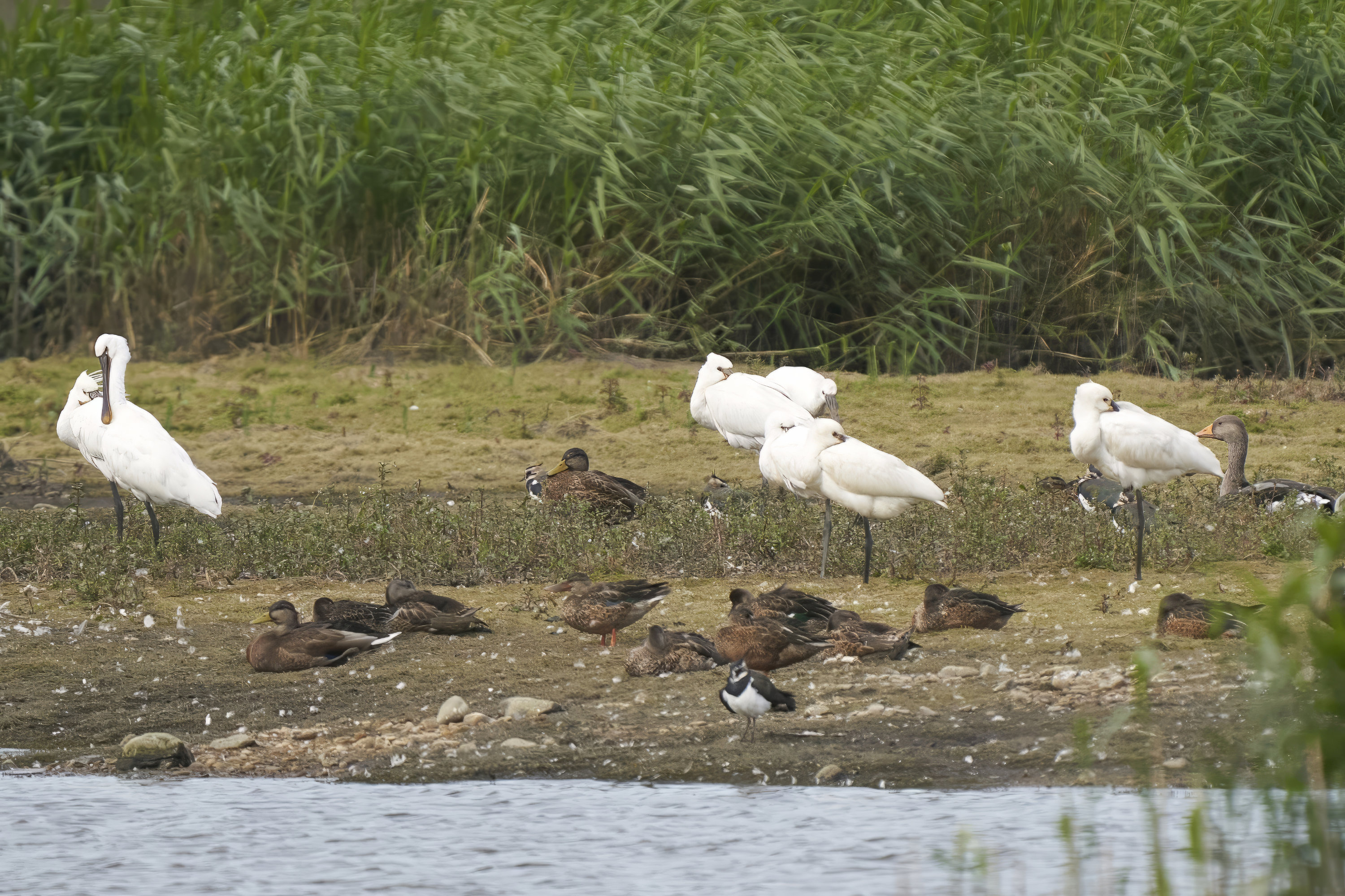
The Spoonbill, OMG how do they fly with that bill? Used for sifting the silt on the lake bed for tasty morsels. Now a reasonably regular visitor to these shores, I can remember not so long ago driving to London to see one at a wetland centre with hundreds of others, oh and the queues.
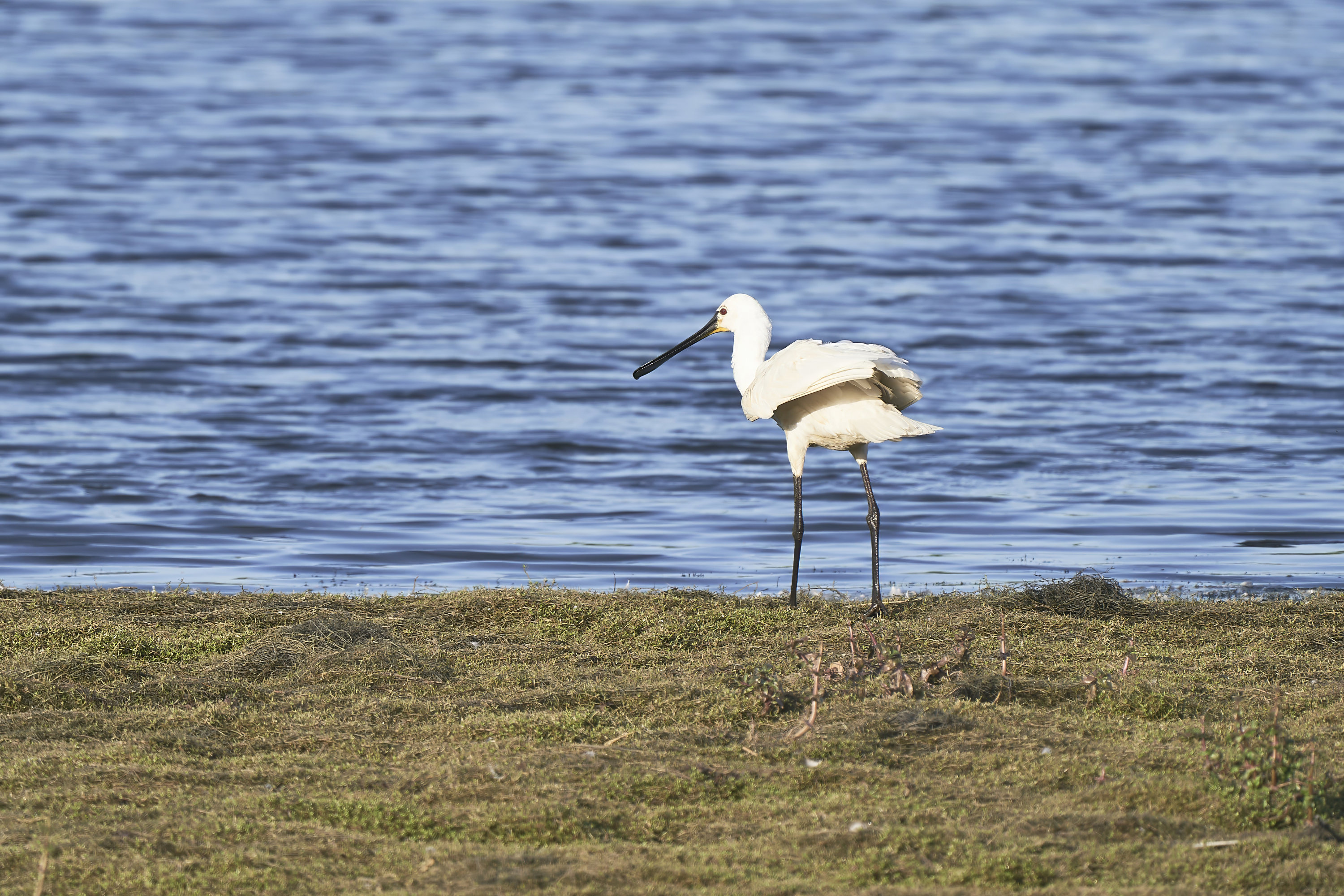
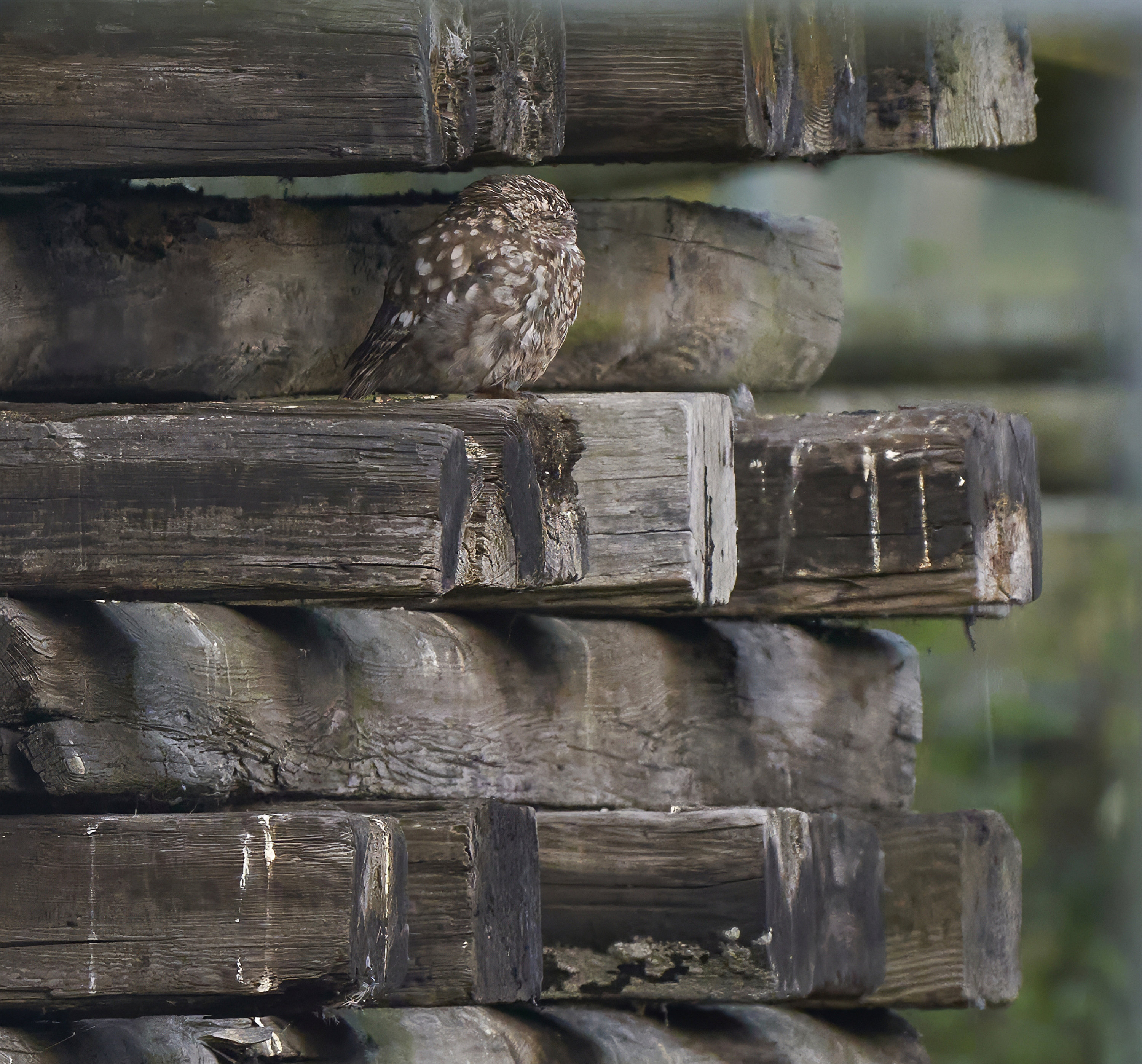
Above: Little Owl, many visitors know he's there and you can see them looking for him, however he is a master of disguise. This is where he was at 7:00am but three hours later he was stood on a small piece of metal inside the drag line compound hiding behind a bush, well a twig really. As the wind blew the twig he was revealed.
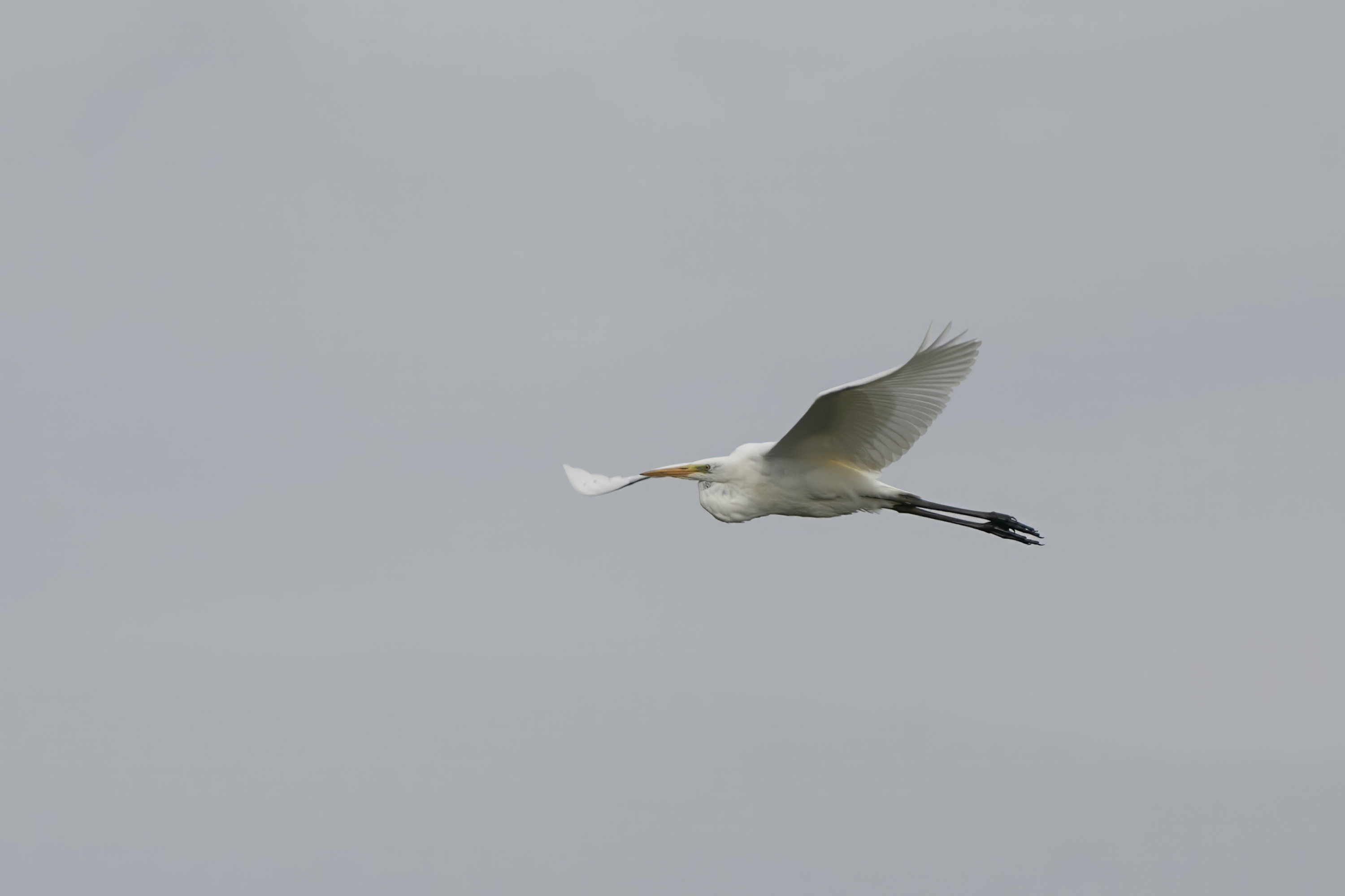
Above and below the Great White Egret, distinguishable from the more common 'Little Egret" by size and the Little Egret has a black bill.
